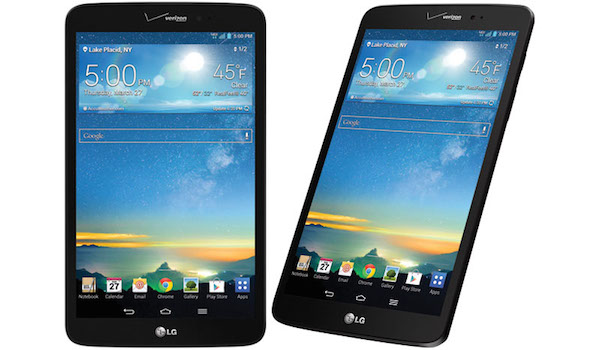After being in beta for a couple of months, Apple will finally be releasing the final version of iOS 8 to the public tonight. The latest version of iOS comes with quite a lot of new goodies including Continuity, Handoff, Extensions, QuickType and more.
While all these new features are definitely impressive and boost usability, there is no reason for Android users to be jealous since most of them are already present in the OS or can be replicated easily using third-party apps.
If you are wondering how, read below.
QuickType
To make typing easier and quicker, Apple has introduced QuickType in iOS 8, which predicts words based on the user’s typing history and the app they are using.
While this feature may sound amazing to an iOS user, Android users have been enjoying it for years now, thanks to SwiftKey. The keyboard has an excellent prediction engine that can let you predict entire messages without typing a single word. As a bonus, SwiftKey also has Swype like functionality, the ability to customize its dictionary by importing your updates from Twitter and Facebook and more.
Even Google’s own stock keyboard was updated earlier this year to predict words after analyzing the user’s typing habits, though it does not come close to SwiftKey’s built-in prediction engine.
Download: SwiftKey, Google Keyboard
Hey, Siri
With iOS 8, Apple is supercharging Siri by adding support for 22 new languages, the ability to recognize songs, purchase content directly from iTunes and do a voice search by using the magic words “Hey, Siri.”
Google’s Siri competitor — Google Now — has had these features since ages now, and none of them should sound impressive to any seasoned Android users.
Google Now already has “Ok, Google” hotword detection that works from anywhere in the OS, including the lockscreen and in languages other than English, and can also identify songs and then allow users to buy them from Google Play.
iCloud Drive
With iOS 8, Apple has expanded iCloud’s functionality to make it a cloud based storage service for all your files as well like Dropbox. Google has been offering a similar feature via Google Drive for Android users since ages now.
By default, Apple gives 5GB of free storage space on iCloud, while Google offers a whopping 15GB. As a bonus, some Android devices come bundled with 50 or 100GB of additional storage space on Google Drive or two years, making it the perfect cloud storage service for many.
Extensions
With Extensions, iOS 8 users can finally share data from one app to another. Extensions are known as Intents in Android, and the OS has had support for them right since its inception.
In iOS 8, extensions can only be of a few types: Widgets, Share, Actions, Custom Keyboards, Document Picker, and Photo Editing. There are no such restrictions in Android, however, which makes it more suitable for developers to create powerful apps.
Continuity
Continuity in iOS 8 is the result of the tight integration between Mac OS X and iOS, which has only been possible because Apple owns both the operating systems. This feature allows iOS 8 users to reply and send messages from their Mac, as long as their iPhone is nearby. More impressively, users can also make and receive calls on their Mac, provided their iPhone is in close proximity to it.
While AirDroid will allow Android users to send and reply to messages from their PC, the integration is not as seamless as Continuity as it requires the use of a browser like Chrome or Safari.
AirDroid also allows Android users to browse their contacts, though it does not allow them to make or receive calls right from their PC.
Download: AirDroid
Interactive Notifications
Another major new feature introduced by Apple in iOS 8 is interactive notifications, which allows users to directly and quickly act on notifications from the notification shade itself. Users will also be able to interact with notifications right from their lockscreen as well.
Google had introduced a similar feature in Android nearly two years ago with Android 4.1 Jelly Bean, and nearly all the apps on the Play Store have been updated to take advantage of it.
By default, Android does not show notifications right on the lockscreen, but users can still pull down the notification shade if they don’t have a security lock setup, to quickly view and act on their notifications. While third-party apps can display your notifications in the lockscreen, they don’t provide users with a way to interact with them.
While Android has most, if not all the new features introduced by Apple in iOS 8, the integration and execution is not as seamless as it should be. However, with the impending launch of Android L, I can only hope that Google and developers get around to adding that polish that the OS and its apps need.












